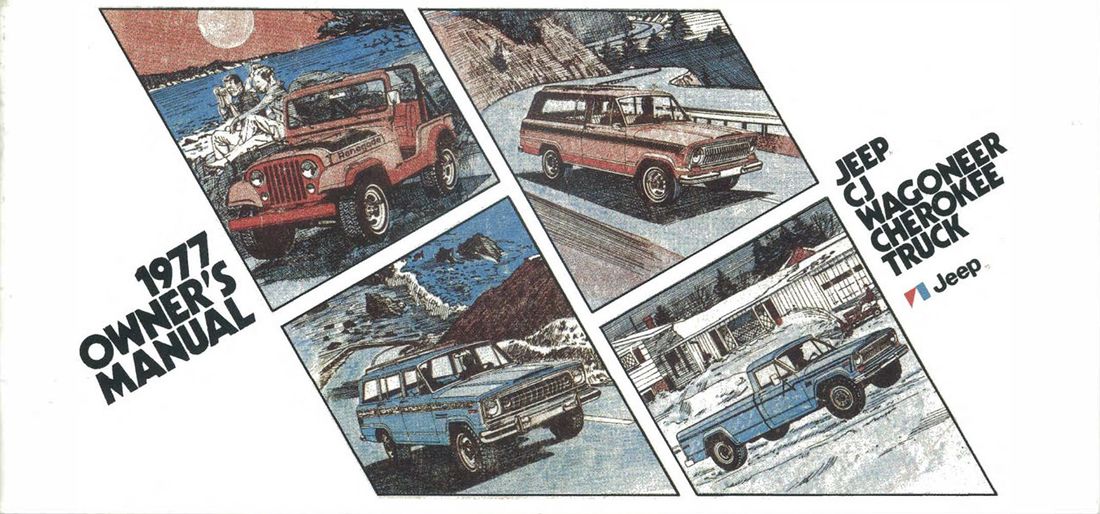Neil Gorsuch has been confirmed by a 54-45 majority in the United States Senate and will become the next Associate Justice of the United States Supreme Court.
Gorsuch was President Donald Trump’s (R) first Supreme Court nominee, and his confirmation ends an unusually lengthy vacancy on the court. Justice Antonin Scalia died of natural causes in February of 2016, and although President Barack Obama (D) nominated Merrick Garland to the seat the following month, the Senate never acted on that nomination. Gorsuch, like Scalia, is generally regarded as a textualist, so his confirmation is unlikely to cause any major shift in the court’s ideological balance.
The U.S. Constitution charges the Senate with providing “advice and consent” on judicial nominations, and it remains an unanswered legal question whether inaction actually fulfills that requirement. Republicans simply never considered the Garland nomination, and Democrats mounted a “filibuster” in an attempt to prevent Gorsuch’s from going to a vote.
Republicans broke the filibuster by invoking the so-called “nuclear option,” a rule change that prohibits senators from obstructing Supreme Court nominations. Democrats made a similar rule change in 2013, but it only applied to cabinet and lower court appointments.
Gorsuch will be sworn-in by Chief Justice John Roberts on Monday.


